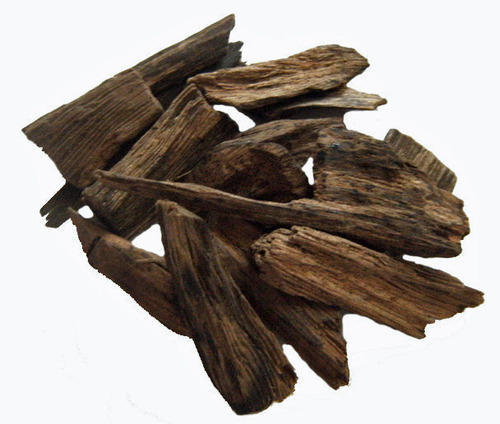In general, fragrance experts differentiate the profile of oud based scents & perfumes based on their origin country, botanical species to which they belong to, age of infection and the part of tree which has been infected that could be stem, body, root, heartwood or bark.
Since India was the first country where Oud tree, also known as Agarwood trees were found first and reported, it carries very special significance among the perfumers. Later on these Agarwood trees were also discovered in various countries including Malasiya, Indonesia, Combodia, Sri Lanka, Thailand, Vietnam and more.
Cultural aspect of Oud:
Agarwood (Oud) is highly revered in the seminal texts of all major religions including Hinduism, Christianity, Buddhism, and Islam.
Oud is very popular in middle-east and widely appreciated for its rich & royale aroma.
Etymology of Oud or Agarwood:
- In Indonesian and Malay, Agarwood is referred as “gaharu”.
- In Hong Kong, Oud is refereed as Aloes wood.
- In Thai it is called “Mai Krishna” (ไม้กฤษณา).
- In Laos it is known as “Mai Ketsana” (ໄມ້ເກດສະໜາ).
- In Assamese, considered as the origin place of Oud, it is also popular as “xasi” (সাঁচি).
- In Cambodia, it is called “chann crassna”. The fragrance from Combodian Agarwood is called “khloem chann” (ខ្លឹមចាន់) or “khloem chann crassna”.
- In Hindi,, it is known as agar, which is derived originally from the Sanskrit aguru
Difference Between Indian Oud, Combodian Oud & Indonesian Oud
In this article we have thrown some light on featured of 3 popular Oud profiles – Indian Oud vs Combodian Oud vs Indonesian Oud.
Indian Oud:
Indian oud oil or دهن العود in arabic and oud wood is well known amongst the oud enthusiasts & perfume connoisseurs for its strong and rare kind of aroma which is the most sought-after than the oud found in other parts of the world.
It is produced from the Agarwood tree (Aquilaria Agallocha / Aquilaria Malaccensis) that found majorly in Assam and north eastern states near to Assam including Arunachal Pradesh, Nagaland, Manipur and Meghalaya.
Indian ouds take time to get used to but are very comforing and uplifting. The scent is rich and spicy and great for scenting clothing. Indian oud is also highly regarded for its medicinal use, health benefits due to its rich therapeutic properties which help feel mind and body relaxed, soothing.
Combodian Oud:
Produced from the wood of Aquilaria Baillonii and Aquilaria Crassna, Combodian Oud attar is the second most popular after Indian.
Combodian Oud oil is easy to wear when compared to Indian and Indonesian Oud. It is liked by many being relaxing and tranquilizing nature scent. However, due to over harvesting there are very few trees remaining in Combodia of the species that produce agarwood oil.
Indonesian Oud
The first scent is similar to damp earth, grass, and sweet herbs. Then the wooden smell takes over. Due to the spicy and woody scent, these agarwood species are good for scenting clothing.
Other Varieties of Oud/Agarwood:
Including above 3 major species of Agarwood, here’s the list of all species that produce agarwood: (Wikipedia)
- Aquilaria khasiana, found in India
- Aquilaria apiculina, found in Philippines
- Aquilaria baillonil, found in Thailand and Cambodia
- Aquilaria baneonsis, found in Vietnam
- Aquilaria beccarain, found in Indonesia
- Aquilaria brachyantha, found in Malaysia
- Aquilaria crassna, found in Cambodia, Malaysia, Thailand, and Vietnam
- Aquilaria cumingiana, found in Indonesia and Malaysia
- Aquilaria filaria, found in China
- Aquilaria grandiflora, found in China
- Aquilaria hilata, found in Indonesia and Malaysia
- Aquilaria malaccensis, found in Malaysia, Indonesia, Thailand, and India
- Aquilaria microcapa, found in Indonesia and Malaysia
- Aquilaria rostrata, found in Malaysia
- Aquilaria sinensis, found in China
- Aquilaria subintegra, found in Thailand
Among all Indian Agarwood is most valued and its oil is very much high priced in middle-east countries which may go upto 30,000$ per Kilogram.

